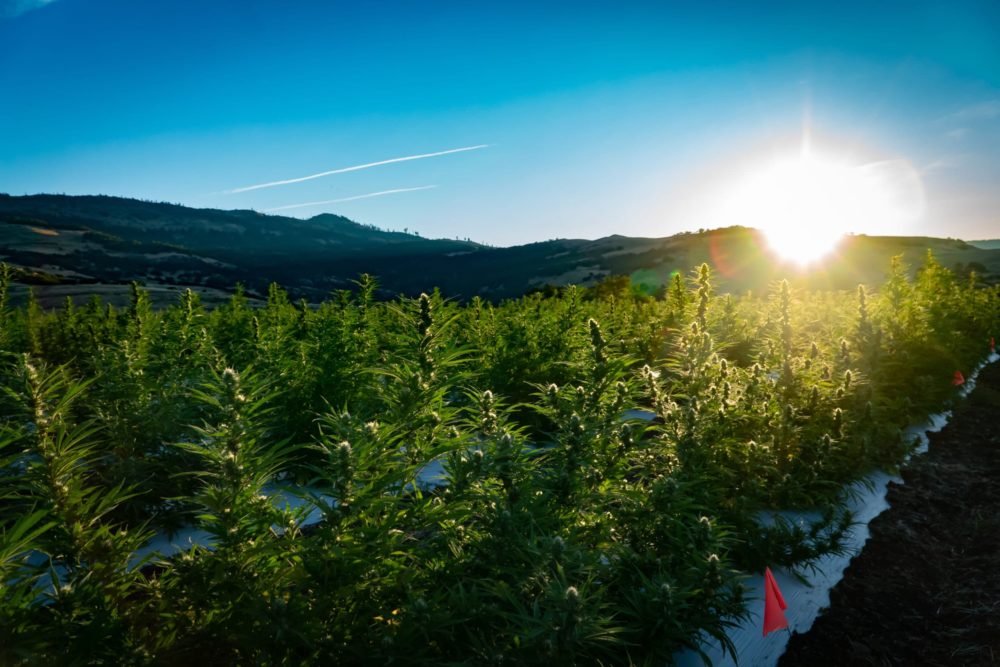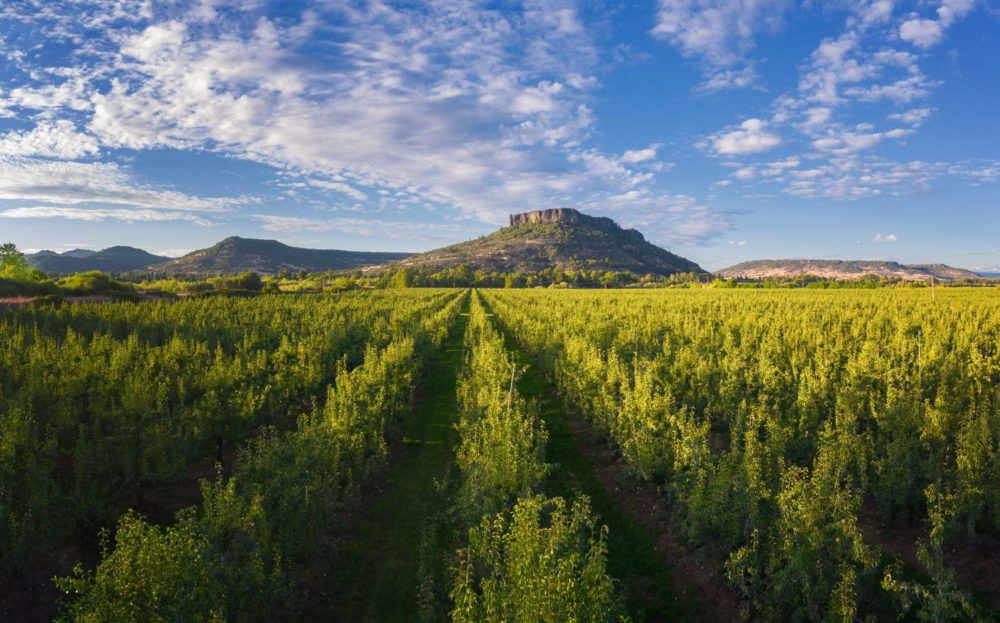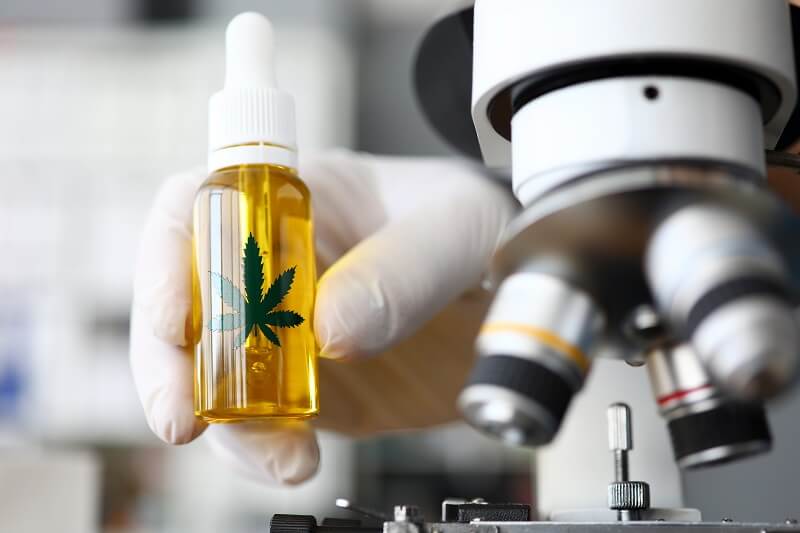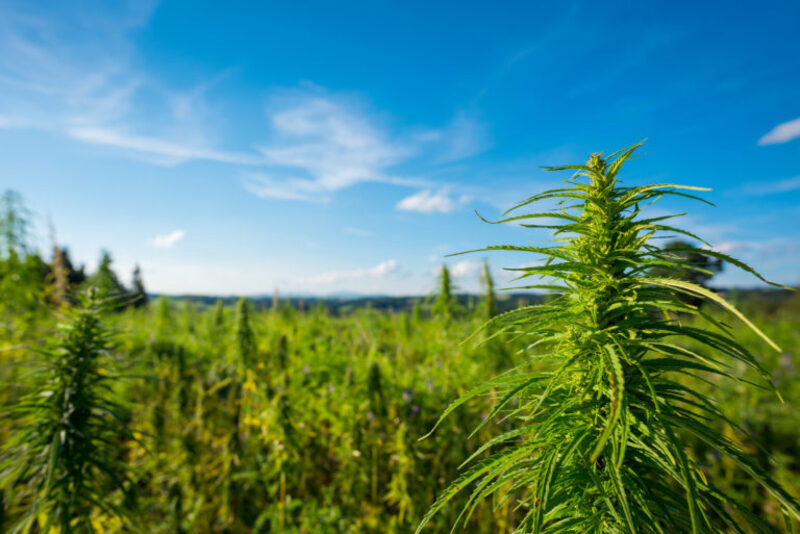-
- Market Research
- |
- CBD Near Me
- |
- Giveaways
- |
- Newsletter
- |
- Contact
- |
- Advertise
- |
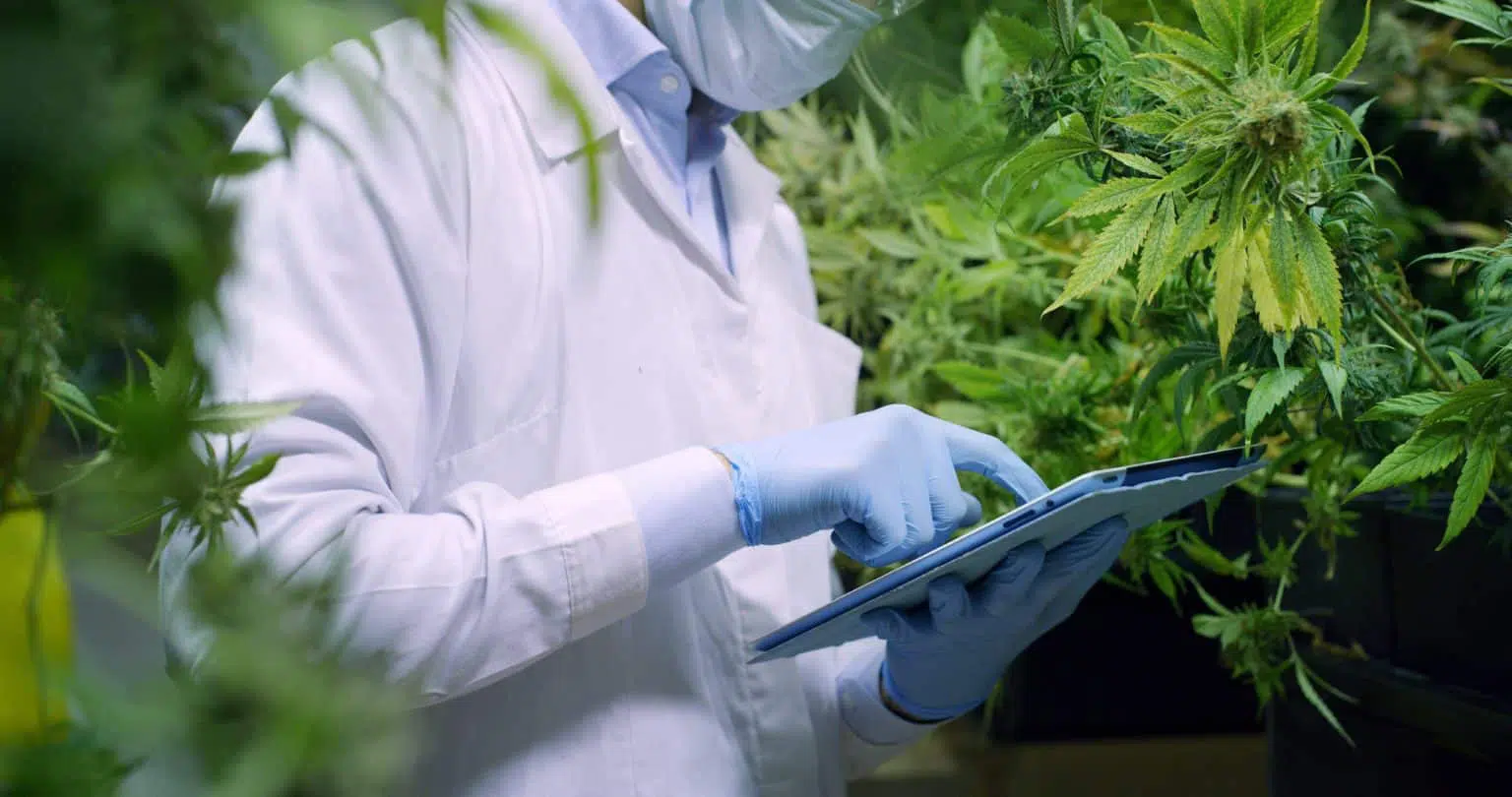
Here’s the latest CBD News:
- A new study demonstrates cannabidiol’s ability to decrease frequency of alcohol consumption among concurrent alcohol-cannabis users.
- Another study sheds light on the role of “expectancy,” i.e., the placebo effect, on CBD’s pain-relieving efficacy.
- The USDA’s research division will team up with an Illinois-based pharmaceutical company to apply a patented manufacturing process to hemp seed oil.
Study: Cannabis Compounds Reduce Urge to Drink Alcohol
A new finding published in Psychology of Addictive Behaviors tested three strains of cannabis (high THC, high CBD, and CBD-THC balanced) for their effects on alcohol consumption frequency, concluding that high-CBD cannabis most effectively quelled the urge to drink.
The researchers gave 120 participants one of the three cannabis strains, after which they measured drinking frequency and quantity consumed per day for thirty days.
Then, the authors set up “orthogonal contrast codes,” a technique that allows for detailed comparisons between multiple data sets, in order to measure the differences in alcohol consumption between the CBD group and the two others.
After the thirty-day trial period had concluded, authors reported that the CBD group “drank fewer drinks per drinking day, had fewer alcohol use days, and fewer alcohol and cannabis co-use days compared with other groups.”
This finding helps to clarify conflicting information from studies that did not isolate cannabinoids as accurately, as some of these past findings indicated the opposite effect (cannabis products increased urge to drink).
CBD, Pain Relief, and the Placebo Effect
Another study, this time published in Experimental and Clinical Psychopharmacology, has brought to light the role of “analgesic expectancy” on the effectiveness of cannabidiol for pain in adults.
The researchers in this case were interested in assessing both the raw efficacy of cannabidiol as an analgesic as well as the influence of each participant’s analgesic expectancy, which can loosely be analogized to the placebo effect.
For example, the authors assigned participants into four experimental groups that were separated by what they were told: the first group was informed they were given a placebo (and actually were), the second group was told they were given CBD (but were given a placebo), the third group was told they were given a placebo (but were given CBD), and fourth group was told they were given CBD (and actually were).
The researchers then measured results across several metrics, including “pain threshold, tolerance, intensity, unpleasantness, conditioned pain modulation (CPM), and offset analgesia (OA).”
Here are the results:
- Participants showed high OA when told they received CBD
- Pain unpleasantness was reduced in all groups except for control (told they received placebo, actually received placebo).
- Both groups that were told they received CBD showed improved CPM.
Upon concluding, the researchers claimed they had produced sufficient evidence that perceived effects of CBD on pain can be significantly influenced by the participant’s perception as well as the compound itself.
USDA and Pharmaceutical Firm Seek to Develop Hemp Products
A research-focused division of the USDA, the Agricultural Research Service, has entered a cooperative research and development agreement (CRADA) with Illinois-based pharmaceutical firm Midwest Biopressing Center (MBC) to apply a patented manufacturing method they (USDA) had previously used for vegetable oils to hemp seed oil.
According to the USDA’s announcement, this method of “bio-catalysis” was developed to circumvent the use of potentially toxic chemicals and solvents (with enzymes and heat) to “bind natural antioxidants like ferulic acid to lipids in soybean and other vegetable oils.”
Now, the government agency and pharmaceutical firm look to use this process to create “ferulic-acid-based ingredients” from hemp seed oil, which would constitute a sizable market expansion serving almost 100,000 acres of industrial hemp in the US.
The comparative advantage of this methodology over standard extraction methods already used by private CBD companies is adaptability; the bio-catalysis method could optimize omega-3 fatty acids in hemp oil, for example, to provide UV-protectant properties.
If successful, this new methodology will open doors for new CBD-based product formulations, and, as the industry has been hoping, eventual FDA regulation.


